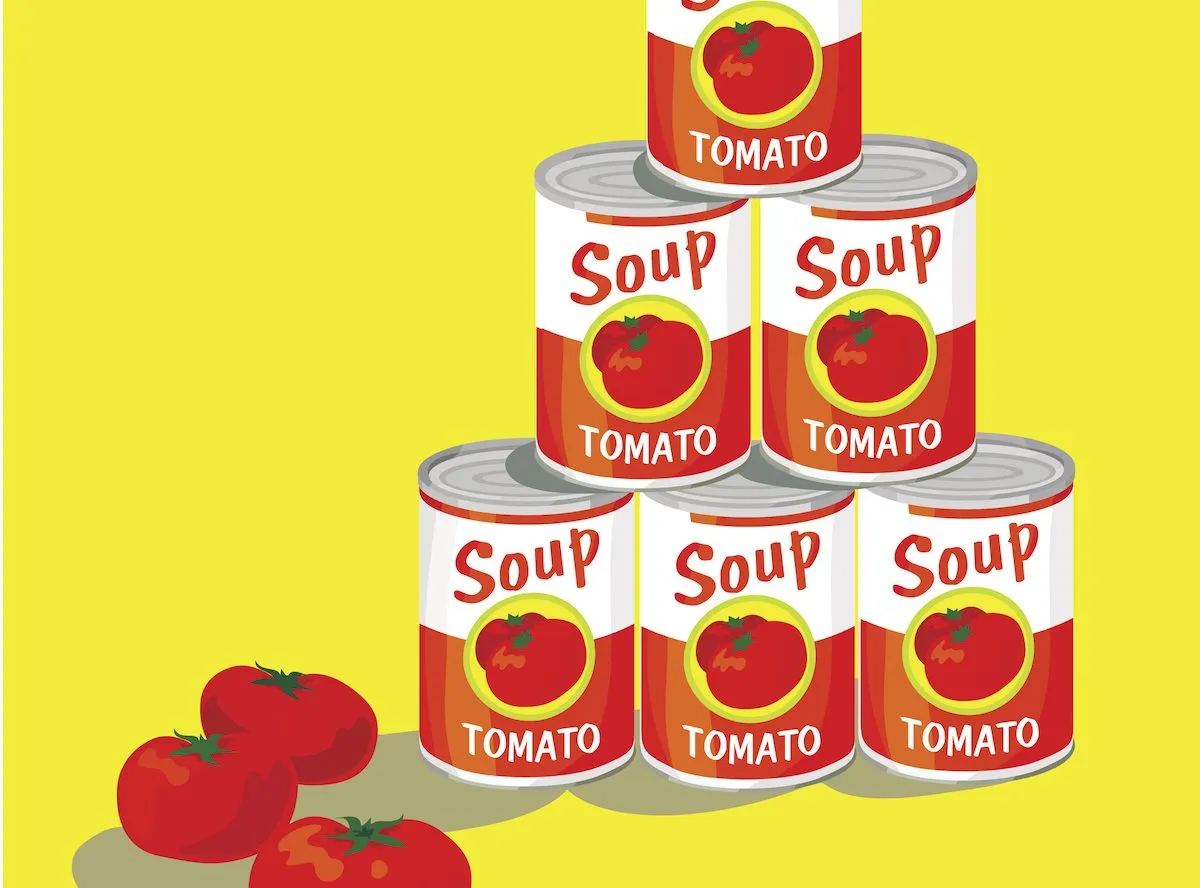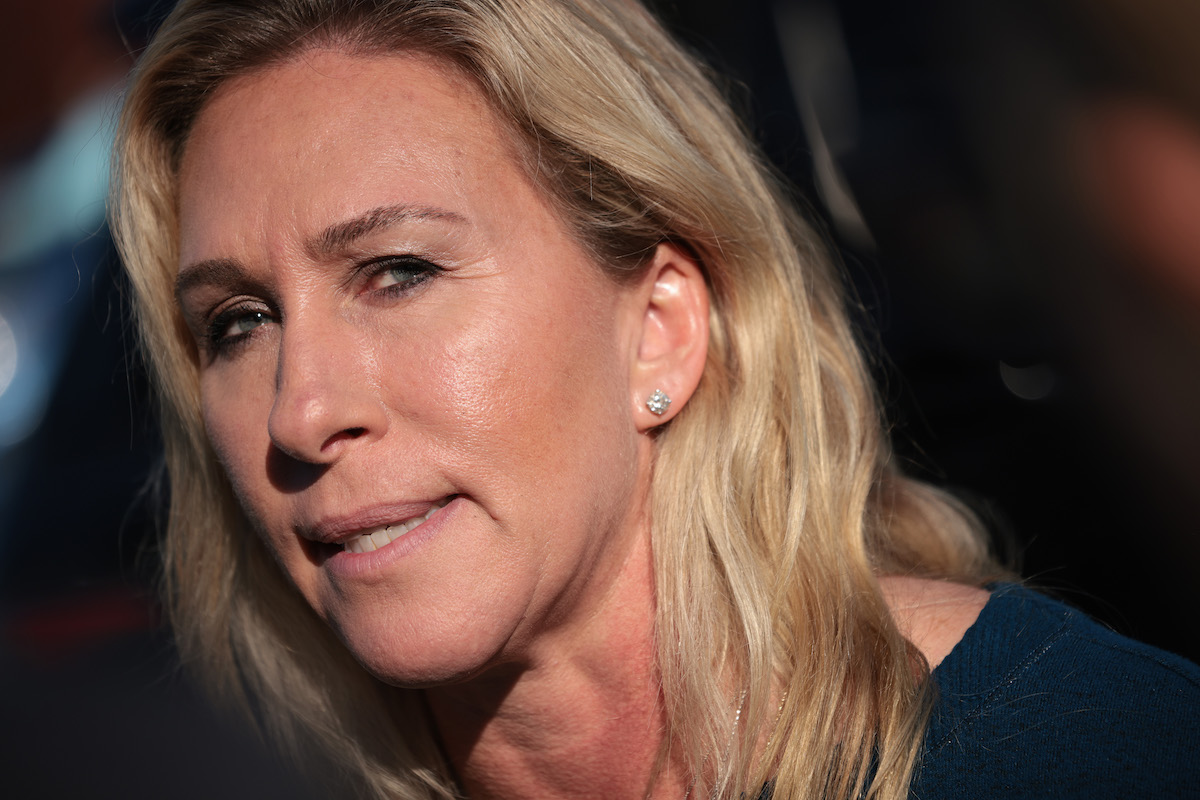Hot on the heels of a class action lawsuit led by three artists, AI art generator Stable Diffusion is facing more legal trouble: Getty Images, the vast repository of licensable images for media outlets, is suing its creators, Stability AI, for copyright infringement. In a statement, Getty Images said, “Stability AI unlawfully copied and processed millions of images protected by copyright and the associated metadata owned or represented by Getty Images absent a license to benefit Stability AI’s commercial interests and to the detriment of the content creators.”
Essentially, Getty Images contends that Stable Diffusion broke U.K. copyright law by scraping the internet for images to use in its training data, which the platform uses to produce AI-generated images. So far, there’s no consensus among legal experts in the U.K. or U.S. about whether this kind of image harvesting is legal, but the presence of Getty Images stock photos in Stable Diffusion’s dataset is undeniable. The Verge points to one particularly egregious example: a barely edited photo of a football player, complete with the Getty Images watermark.
Doesn’t AI art fall under fair use? The legality and ethics of image generators
It didn’t have to be this way.
Last fall, I interviewed Supercomposite, an Uppsala-based artist who created AI images of a demonic figure she called Loab. [Note: a previous version of this article stated that Supercomposite used Stable Diffusion to create Loab. The artist didn’t say in the interview that she used the platform specifically to create Loab.] It’s very difficult to trace Loab back to any one source, which seems to make her a wholly new creation. As Supercomposite said at the time, creating art with AI is more than just typing in a prompt and walking away with the result. It can involve a lot of extra work, like adjusting an image, training the AI on your own artwork, and getting creative with prompts in order to generate something new and interesting. “I hope to make novel things in a novel medium,” she told me, “not undermine anyone.”
And that, right there, is at the crux of the AI debate, even as lawyers argue about the legality of web scraping. I’m not an expert on international copyright law, but under the doctrine of fair use here in the U.S., the law permits “transformative” uses of other people’s work. That means that to build off of someone else’s work fairly and ethically, your work must “add something new, with a further purpose or different character, and … not substitute for the original use of the work.”
Consider Andy Warhol’s Campbell Soup painting, or the work of a traditional collage artist. Both take existing works and remix them into something new. It’s not always clear when a work stops being derivative and becomes transformative—for instance, Warhol’s estate is currently involved in a legal battle over his silkscreen prints of photographer Lynn Goldsmith’s portrait of Prince—but in general, the further the new work strays from its source, the more likely it is to be considered fair use.
Unfortunately, that’s not what we’re seeing with more and more AI art practices. There are upsetting stories coming out about artists losing work in favor of sloppy but cheaper AI images, and art consumers trying to use image generators to replicate artists’ styles instead of commissioning work from those artists.
My opinion of AI art is a little more tempered than most. I’ve seen people create some pretty cool stuff with it, and I think there’s still potential for AI to be one useful tool in an artist’s toolbox. But an AI art generator like Stable Diffusion doesn’t automatically create new and interesting art any more than a piece of tracing paper does. To create something transformative and new, you still need to have artistic skill and creativity. There’s no shortcut to making art—you have to put in the hours.
And that’s something that image generator users are going to have to learn pretty quickly—or face legal consequences.
(via The Verge, featured image: iStock / Getty Images Plus)










Published: Jan 20, 2023 03:42 pm